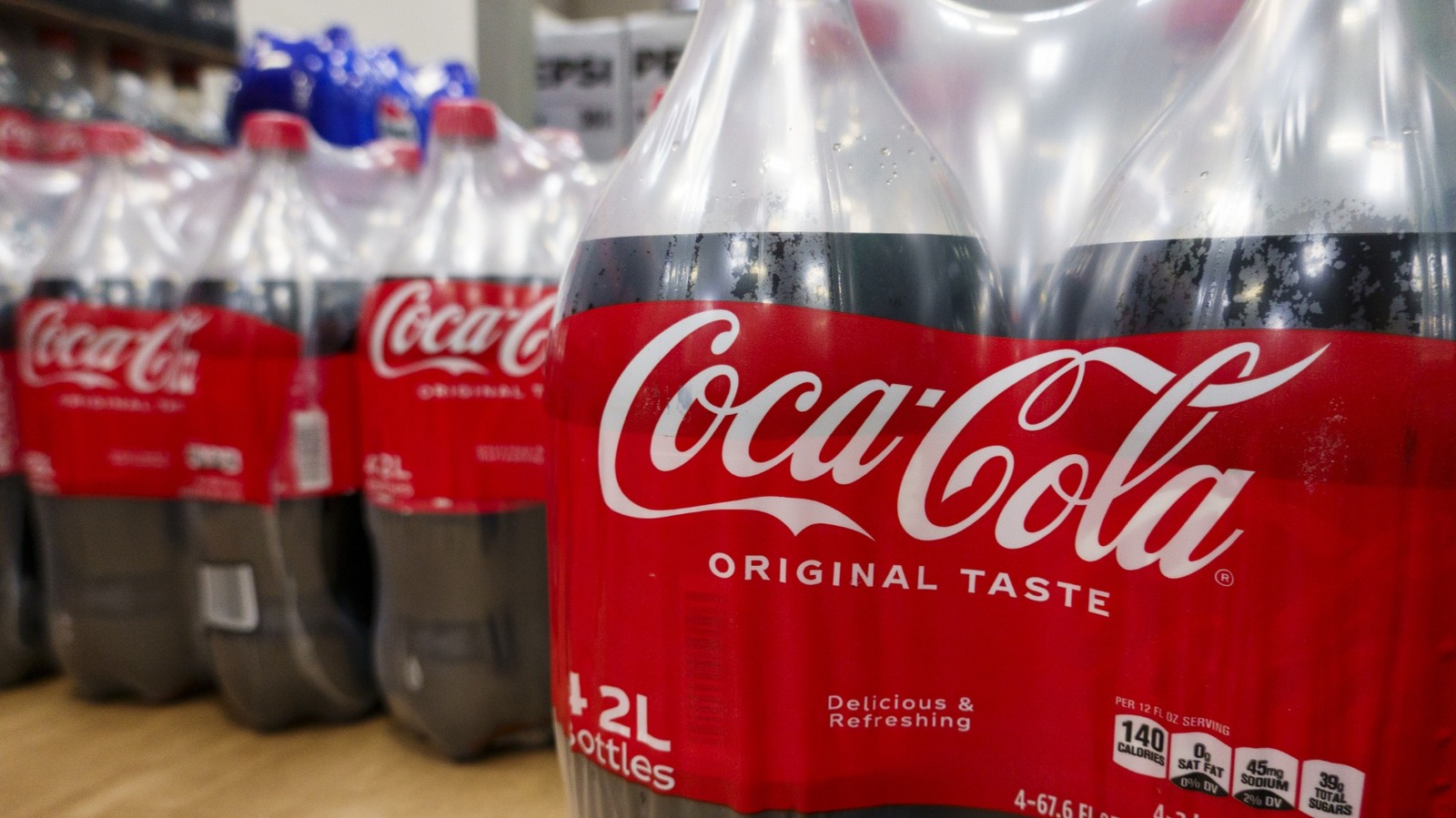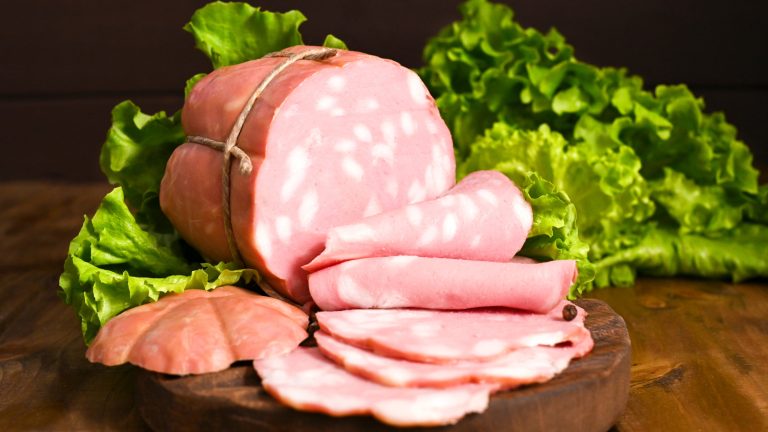In 1886, when pharmacist John Pemberton first started selling Coca-Cola, he meant for it to be used medicinally. It was marketed as a stimulating breakfast drink for several years, though the idea that soda could have health benefits was eventually abandoned. Today, Coca-Cola is typically viewed as little more than a sugary indulgence, one that, if anything, carries health risks due to its sugar and caffeine content. But there is evidence that the soda can be used as a treatment for at least one very specific medical condition: gastric phytobezoars.
A bezoar is a mass of indigestible material in your stomach, including fiber, hair, or built-up cellulose matter. Phytobezoars, the most common kind, are composed of fruit and vegetable matter like cellulose. Traditional treatment involves breaking them up and removing them endoscopically, but research has shown that Coca-Cola can effectively dissolve them without having to resort to surgical or endoscopic intervention.
A 2012 study in the Journal of Alimentary Pharmacology and Therapeutics reported about 50% efficacy using Coca-Cola to dissolve bezoars. When combined with endoscopic treatment, the drink was able to eliminate the bezoar in 90% of cases. A potential problem with this study was its small scale. However, a 2024 study published in the World Journal of Gastrointestinal Endoscopy covered a much larger cohort and, with an increased dosage of Coca-Cola, showed that 100% of the bezoars were dissolved.
Why it works is still unclear
The exact reason why Coca-Cola works is not fully understood. And why not Pepsi or some other popular cola? The 2012 study theorized that the acid in Coca-Cola closely mimics stomach acid, which can dissolve cellulose. It also suggested soda’s carbonation and ability to break up mucus may play a part in how it treats the condition. Coca-Cola’s widespread availability — it’s sold in all but two countries — may also make it the best choice.
The 2024 study only focused on one kind of bezoar, and only on patients who were otherwise healthy with no other complications. They had been diagnosed with bezoars within 14 days of their treatment. Because the protocol was given soon after diagnosis and the patients were all healthy otherwise, there are some clear limitations to its findings.
One issue affecting the varying results between the 2012 study and the 2024 study is the lack of standardized Coca-Cola dosage. It’s not really medicine, so the researchers were basically making it up as they went along. In the first study, participants received between 500 and 3,000 milliliters per day. Participants in the second study received between 2,000 and 4,000 milliliters per day. That’s a significant amount of soda for a person to drink daily. The study also concluded that an optimal dosage could not be determined.
Because of the nature of bezoars, Coca-Cola is not recommended in all cases. Diospyrobezoars, caused by persimmons, for instance, do not respond well to Coca-Cola. Still, the 2024 study shows that, under the right conditions, this is a very cheap and effective treatment if your doctor recommends it. Call that one more fascinating fact about Coca-Cola.






